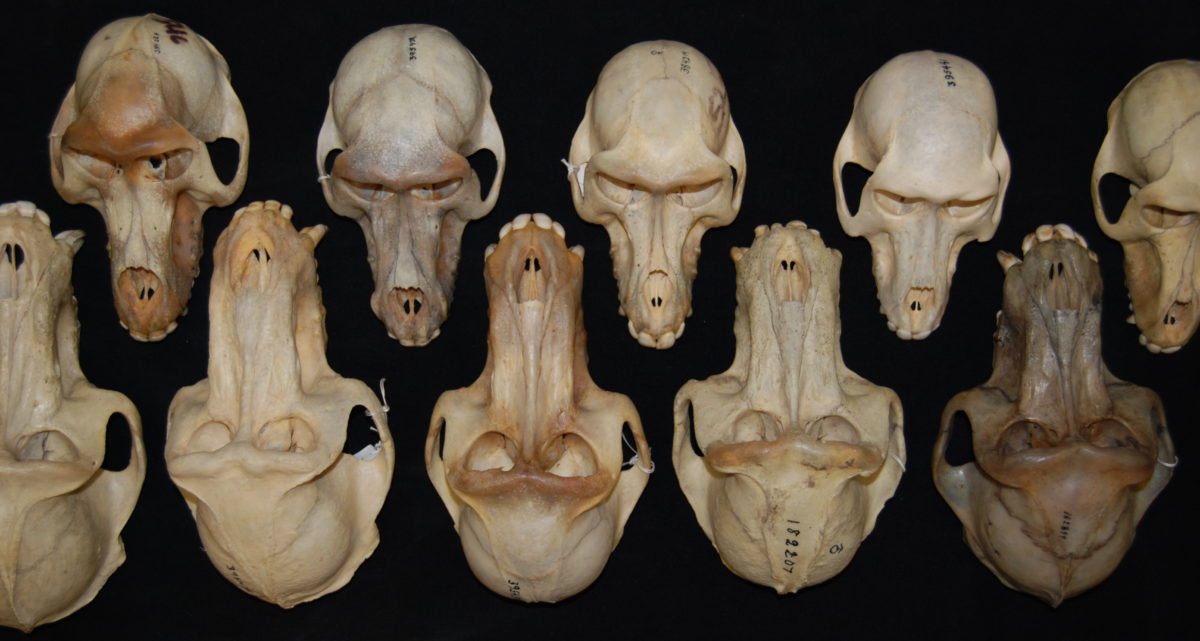Out this month in PNAS is our new paper on teeth, prenatal growth rates, and the evolution of human-like pregnancy in later Homo.

Significance: Humans are characterized by having very large brains relative to body size. Because gestation is critically linked to brain size, pregnancy is an important but elusive aspect of hominid evolution. We developed two methods for reconstructing prenatal growth during this earliest phase of life history using brain size and dental morphology. Our results indicate a significant increase in prenatal growth rates (PGRs) throughout the terminal Miocene and Plio-Pleistocene with the evolution of human-like PGRs in later Homo, less than 1 million years ago. These results align with fossilized pelvic and cranial anatomy to support the evolution of human-like pregnancy in the Pleistocene and open up possibilities for novel ways to explore the evolution of hominid gestation via dental variation.
Press:
